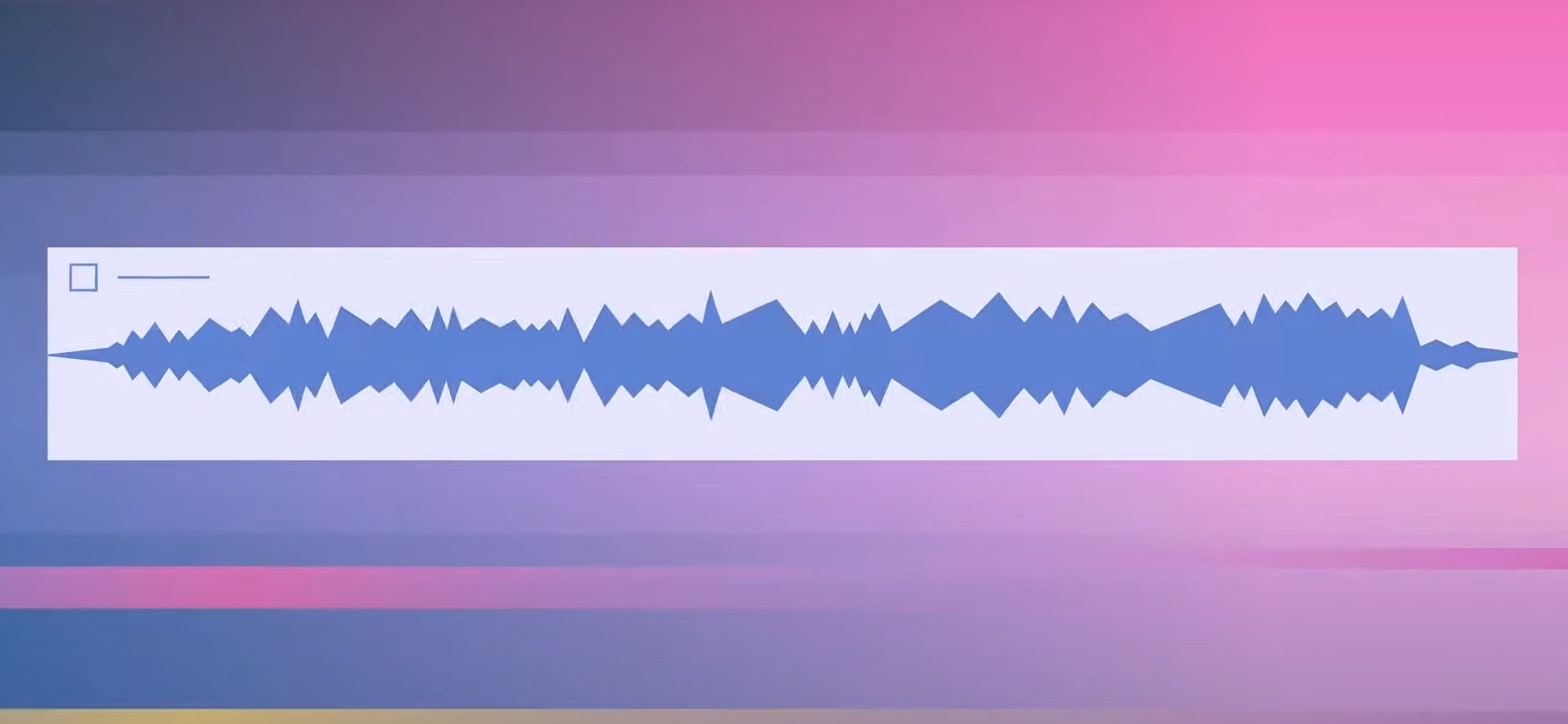[16:37 Fri,31.December 2021 by Thomas Richter] |
Peter Jackson&s eight-hour documentary about the Beatles , uses 50-year-old footage to show the Beatles& final phase in a whole new light - but it wouldn&t have been possible without custom AI algorithms. For "Get Back" (which is unfortunately only available on the Disney+ streaming channel), Peter Jackson was able to draw on footage and sound recordings made by documentary filmmaker Michael Lindsay-Hoggs, who recorded the Beatles almost non-stop during their 3-week studio sessions for the "Let it Be" album for his film of the same name. The film shows how the Beatles in their final phase create and fine tune 14 new pieces in just 22 days until the final recording, how they interact and also the cracks that lead to the end of the Beatles. And how songs such as "Let it Be" or "The Long and Winding Road" are nevertheless created in mutual interaction within a very short time - watching this creative process live is interesting to watch for Beatles fans as well as for other music lovers. Tom Whitwell has even extracted some useful 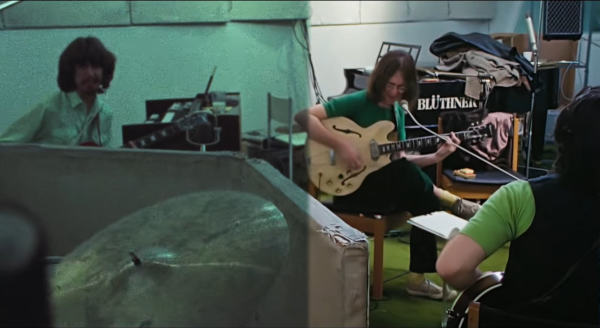 A major problem for Jackson was the quality of the available audio and film material: there were about sixty hours of 16mm film footage as well as 150 hours of audio material, but most of the sound (about 70%) was recorded using only a single microphone with the help of a portable Nagra mono audio recorder (as opposed to the actual music recordings in the studio using an 8-track recorder). Audio: Demixing a track using AI.Because of this, Jackson only had one audio track available for his work, which was unmixed and thus a complete mess of the musicians& instruments, background noise, and the chatter of those involved - so it was actually unusable for documenting the interactions during the recording for the album. In addition, the resolution of the old film material from the two 16mm cameras was also low and its quality poor, because it was grainy and extremely color cast. And for comparison, clips from the original footage: In both cases, the solution came from specialized DeepLearning algorithms. For example, Jackson&s production team was looking for a suitable deep learning algorithm to subsequently decompose the sounds present only in one track into individual tracks, but found that there was no suitable algorithm for this particular task at the time (the project began in 2017). So, with the help of audio machine learning specialist Paris Smaragdis from the University of Chicago, they decided to develop their own neural network, which was prepared specifically for the project using their own set of high-quality training data. 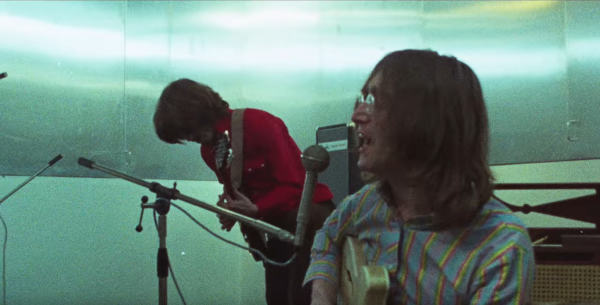 Old 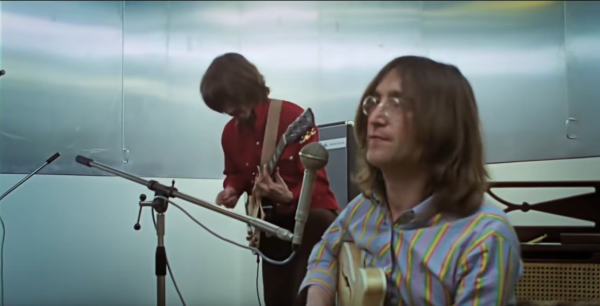 New Dubbed MAL (Machine Assisted Learning - but also the first name of the Beatles& sound engineer), the algorithm allowed Jackson and his team to precisely isolate each audio track - whether musical instruments, vocals or studio conversations - from the original mono recordings via "demixing." The system learned to identify and separate each individual instrument, such as the guitars, bass or drums, and even the different voices of each participant. This allows Jackson and his team to remix cleanly after the fact. Here Peter Jackson specifically on demixing the mono audio and the different stages of sighting the footage and length of the film: Meanwhile, algorithms like 16mm footage enhanced by AI.Neural networks were similarly helpful in improving the footage. Comparing Michael Lindsay-Hoggs& old documentary with Jackson&s, one is struck by how much sharper, smoother, and more vibrant the latter looks, even though both are based on the same 16mm footage, which in Jackson&s case is also about 50 years older (and worse). 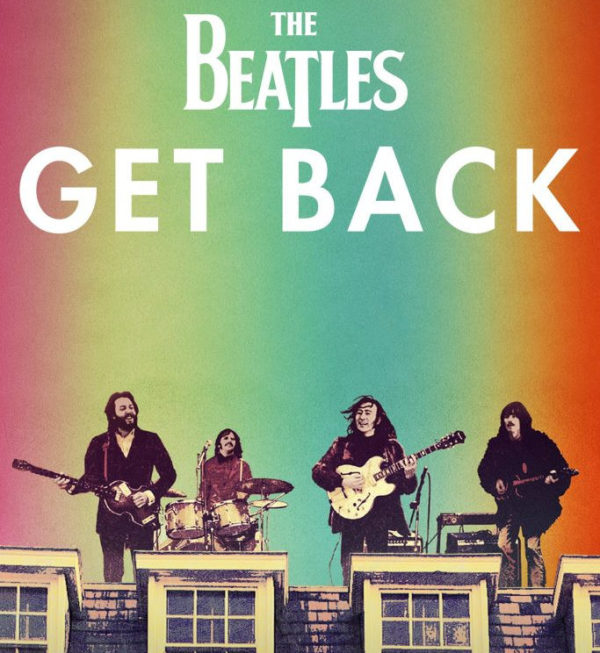 Old and new pictures in comparison Jackson was able to draw on his experience with "They Shall Not Grow Old," his documentary about World War 1, which used footage over 100 years old that was processed by special AI algorithms to bring the old images into the present. "They Shall Not Grow Old" Trailer: Jackson was able to use this knowledge (and the algorithms) for "Get Back" as well, not only to improve the resolution of the old images, but also to restore the original colors and remove image defects. After all, we&ve reported on similar algorithms before, such as the one that upscaled www.slashcam.de/news/single/Per-AI-hochskaliert---Ankunft-eines-Zuges-in-La-Ci-15622.html ("Arrival of a Train at La Ciotat" from 1896 to 4K, colorized it, and interpolated it to 60fps. Versions.Originally, "Get Back," which Jackson had been working on since 2017, was supposed to be released as a 2 1/2 hour film, but was postponed due to the pandemic. Jackson took advantage of the unexpected gift of time to produce a six-hour version, which was taken down by the two Beatles still alive and eventually grew into 8-hours. 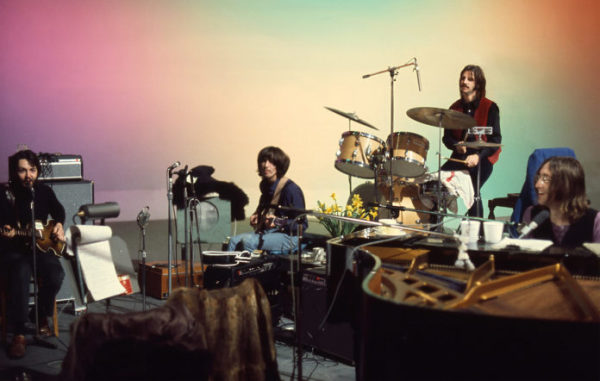 "Get Back" documents the 22 days of creating in the studio plus the total 45-minute famous rooftop concert - if it had stayed at 2 1/2 hours in length, there would have been an average of only 2 1/2 minutes per day - too little according to Jackson&s feeling to document the various developments / stories during rehearsals sufficiently well. In the end, it has now become 15-30 minutes per day. Where can I see "Get Back"?Unfortunately, the three episodes of "Get Back" with 8 hours total length are currently only available on Disney&s paid streaming service, which costs around 9 euros for a month. True fans are, of course, waiting for the directors cut - Jackson&s preferred version of "Get Back" is, in fact, 18 hours long (though there are no current release plans for that one yet). deutsche Version dieser Seite: Wie Peter Jacksons Beatles-Doku "Get Back" erst durch AI möglich wurde |





